Eat Your Way to Calm: A No-Nonsense Guide to Nutrition for Anxiety
Over the years, I’ve talked with so many people who feel completely overwhelmed by anxiety. It’s a heavy weight to carry. Most are already doing the right thing by working with therapists and doctors, which should always be step one. My job is to come in and support that hard work from a different angle: the food on your plate.
In this article
Let’s be crystal clear about something. Food is not a magic cure for anxiety. But it is an incredibly powerful tool. The right foods can help steady the very systems in your body that govern your mood, your stress response, and your overall sense of calm. It’s not about some restrictive, miserable diet. It’s about understanding the fascinating conversation happening between your gut, your brain, and your nervous system.
Honestly, when you get this part right, the difference can be remarkable. Think of it this way: every time you eat, you’re giving your body the raw materials it needs to build everything, including the chemicals that make you feel good. My goal here is to show you exactly which foods can help, why they work, and how to fit them into your real, busy, and sometimes stressful life.

The ‘Why’ Behind It: How Food Actually Talks to Your Brain
Before we jump into a shopping list, let’s quickly cover the science. I find that when you understand why something works, you’re way more likely to stick with it. It’s the difference between just following a recipe and actually learning how to cook. There are three main ways your diet can dial down anxiety.
1. The Gut-Brain Superhighway
Your gut and your brain are constantly chatting. This link, often called the gut-brain axis, is like a direct information superhighway. Seriously, what happens in your gut does not stay in your gut. The trillions of tiny microbes in your digestive system are like a little chemical factory. They don’t just digest your lunch; they also produce a ton of neuroactive stuff, including about 95% of your body’s serotonin (the ‘happy mood’ chemical) and GABA, which has a natural calming effect.
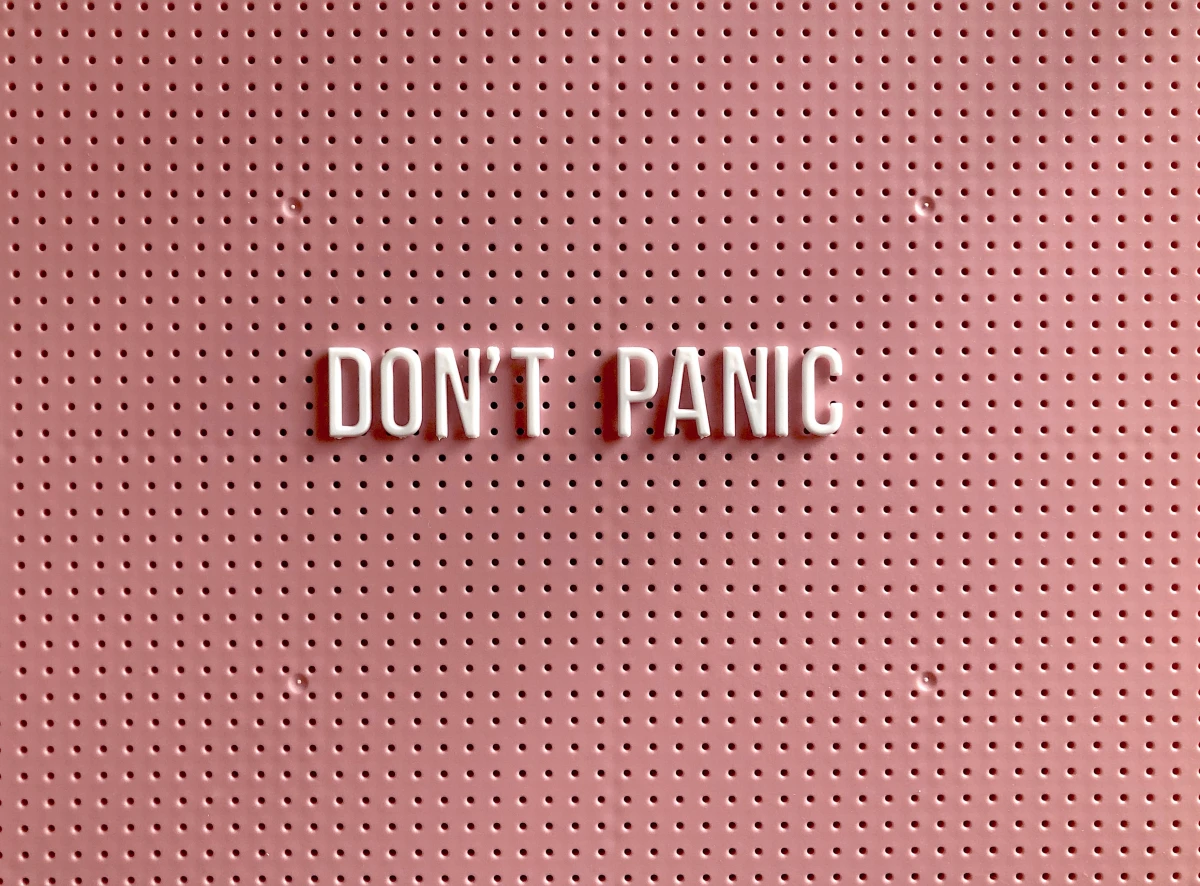
When this inner ecosystem is out of whack, it can cause real problems. An unhealthy gut might produce fewer calming chemicals and can become ‘leaky,’ allowing inflammatory stuff into your bloodstream that can, you guessed it, stir up inflammation in the brain.
2. Putting Out the Fire of Inflammation
A little inflammation is a good thing—it’s how your body heals. But a low-grade, simmering, chronic inflammation is a major problem linked to all sorts of health issues, including anxiety. A diet heavy on processed foods, sugar, and unhealthy fats is like pouring gasoline on that fire. This constant state of alert, sometimes called neuroinflammation, puts a huge strain on your brain and can absolutely contribute to feeling anxious and on edge. The good news? A diet packed with whole, anti-inflammatory foods can help calm everything down.
3. The Blood Sugar Rollercoaster
Ever felt shaky, irritable, and anxious after skipping a meal? Or had that awful energy crash after a sugary donut? That’s the blood sugar rollercoaster in action. Your brain is a huge energy hog, and its favorite fuel is glucose. When your blood sugar spikes and then plummets, your body freaks out and releases stress hormones like cortisol and adrenaline. The physical symptoms—a racing heart, sweating, dizziness—can feel identical to a panic attack. I had a client who felt panicky every single day around 3 p.m. We swapped her afternoon candy bar for an apple with peanut butter, and within a week, that 3 p.m. panic was gone. It’s that powerful.
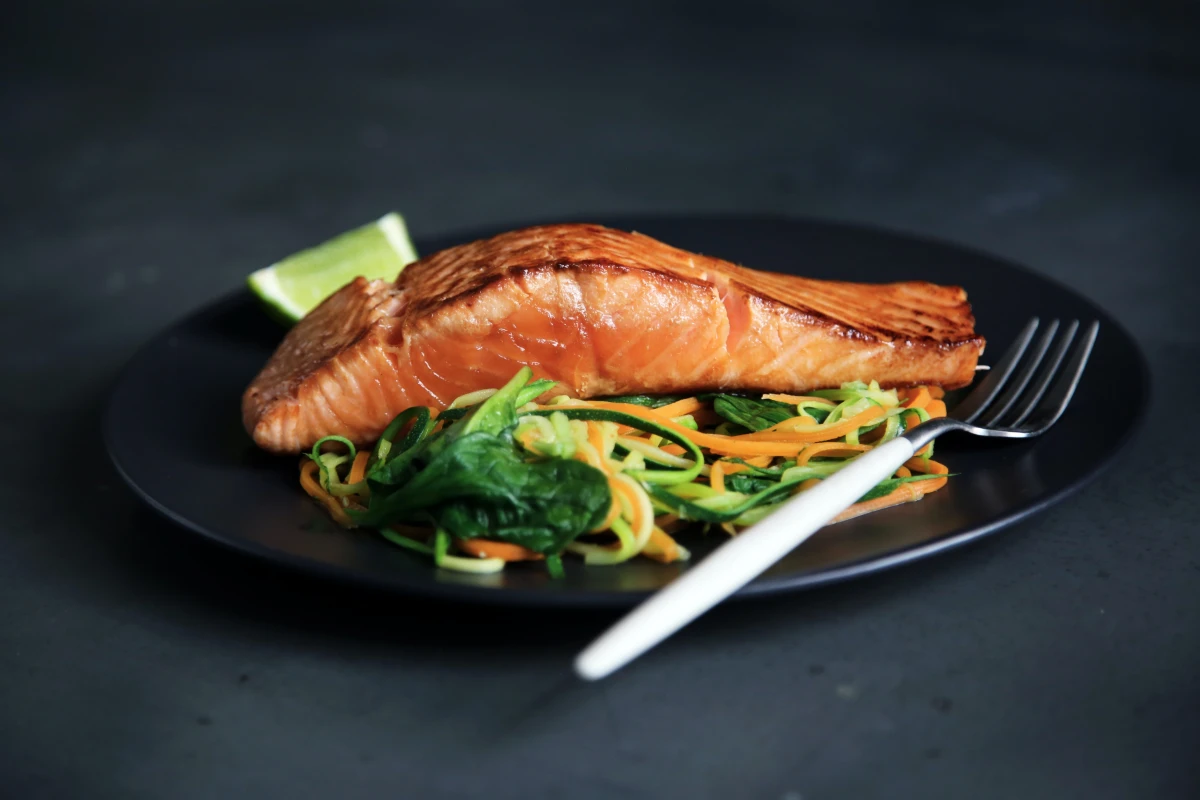
Your Anti-Anxiety Food Toolkit
Okay, let’s get to the good stuff. Here are the key players when it comes to eating for a calmer mind. Remember, consistency beats perfection every single time.
Omega-3 Fatty Acids: Your Brain’s Best Friend
Omega-3s are healthy fats that are absolutely essential for brain health and have some serious anti-inflammatory superpowers. Think of them as the building blocks for calm, healthy brain cells. Consistently getting enough can make a real difference in your overall sense of well-being.
- Where to find them: Fatty fish are the gold standard here. We’re talking salmon, mackerel, herring, and sardines. Aim for two 4-ounce servings (about the size of your smartphone) per week. Wild-caught salmon is great, but honestly, farmed salmon or even canned salmon (around $3-$5 per can) is still a fantastic and budget-friendly choice.
- Plant-based power: Walnuts, chia seeds, and flaxseeds are also good sources. Quick tip: Your body can’t absorb whole flaxseeds, so you need to buy them ground or grind them yourself. Just sprinkle a tablespoon on your oatmeal or in a smoothie.
- A heads-up for non-fish eaters: The type of omega-3 in plants isn’t used as efficiently by the body. If you don’t eat fish, it’s worth chatting with a health professional about an algae-based omega-3 supplement. It’s one of the few supplements I regularly suggest.
- Safety Note: If you’re on any blood-thinning medication, have a quick chat with your doctor before you start taking high-dose omega-3 supplements.
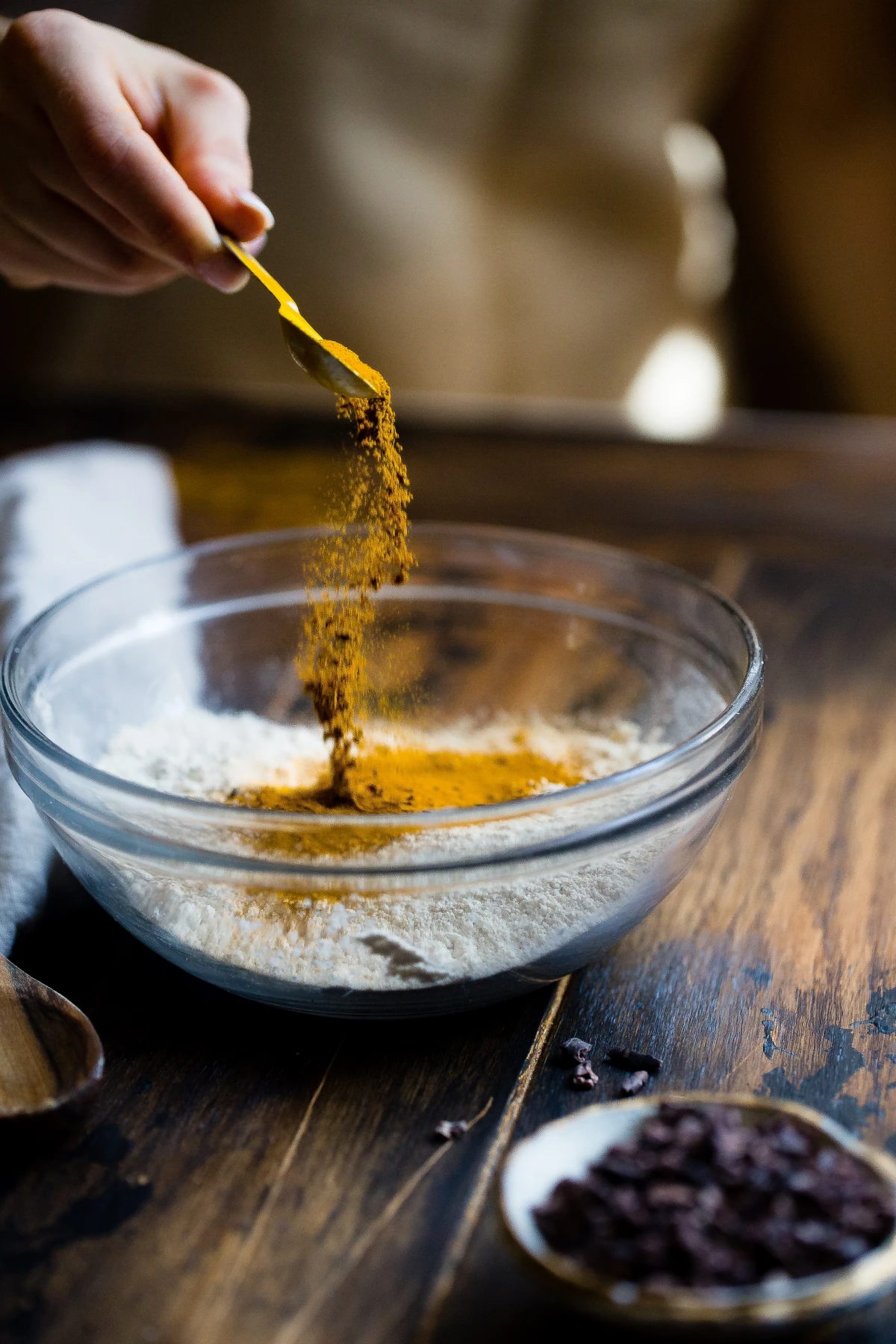
Magnesium: Nature’s Chill Pill
I often call magnesium the ‘relaxation mineral.’ It’s involved in so many processes in the body, but for anxiety, its main job is to help regulate our central stress response system. It basically tells your body it’s okay to relax. So many of us don’t get enough of it.
- Top sources: Dark leafy greens like spinach and Swiss chard are champs. A small handful of almonds (about 1/4 cup, or 20-24 almonds) or pumpkin seeds can give you a great boost. Legumes, avocados, and bananas are also on the list.
- The dark chocolate secret: Yes, you have permission! A small square or two of high-quality dark chocolate (look for 70% cacao or higher) is an excellent source of magnesium. The higher the cacao, the more magnesium and less sugar—win-win.
Probiotics & Prebiotics: Happy Gut, Happy Brain
Since your gut and brain are best buds, you’ve got to treat your gut right. Probiotics are the good bacteria, and prebiotics are the fiber that feeds them. A happy gut microbiome is key.
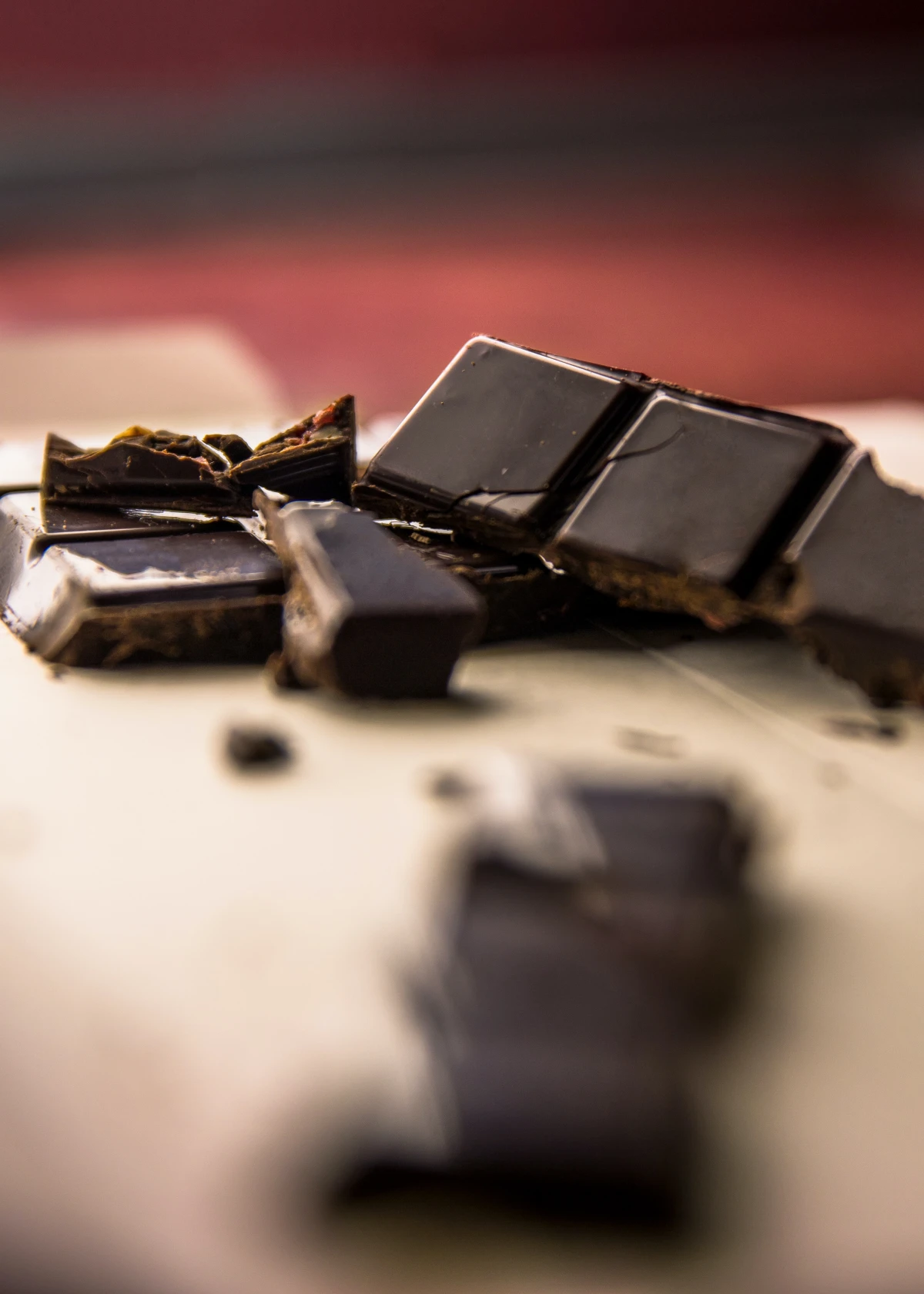
- Probiotic foods: Plain yogurt, kefir (a fermented drink, kind of like a thin yogurt), sauerkraut, and kimchi. When buying yogurt, look for ‘live and active cultures’ on the label and stick to plain to avoid the sugar bomb in flavored versions.
- Prebiotic foods: This is the fuel for your good gut bugs. Think garlic, onions, leeks, asparagus, bananas, and whole oats.
- Quick tip: If you’re new to fermented foods, start slow! A tablespoon of sauerkraut is plenty at first. Jumping in too fast can cause some temporary bloating if your gut isn’t used to it.
Antioxidants: Your Brain’s Bodyguards
Oxidative stress is a type of wear-and-tear that can damage brain cells. Antioxidants are like bodyguards that protect your brain from this damage. The easiest way to get them? Eat the rainbow.
- Berries, berries, berries: Blueberries, strawberries, raspberries… they’re all fantastic. A cup a day is a great goal. Pro tip: Frozen berries are just as nutritious and often way cheaper, especially out of season. You can get a big bag for $8-$12 that will last you a while.
- The Golden Spice (Turmeric): This spice contains curcumin, a powerhouse anti-inflammatory. But here’s the trick: your body doesn’t absorb it well on its own. It needs a pinch of black pepper to boost absorption. A super easy way to use it is my 2-Minute Golden Milk Tea: Gently heat 1 cup of milk (any kind), 1/2 tsp of turmeric, a tiny pinch of black pepper, and an optional dash of cinnamon or honey. It’s so soothing.
- Green Tea: This is a special one. It has antioxidants, but its real anti-anxiety magic comes from an amino acid called L-theanine. It promotes a feeling of ‘calm alertness’—no jitters like coffee. There’s a reason monks have used it for focus during meditation for ages.
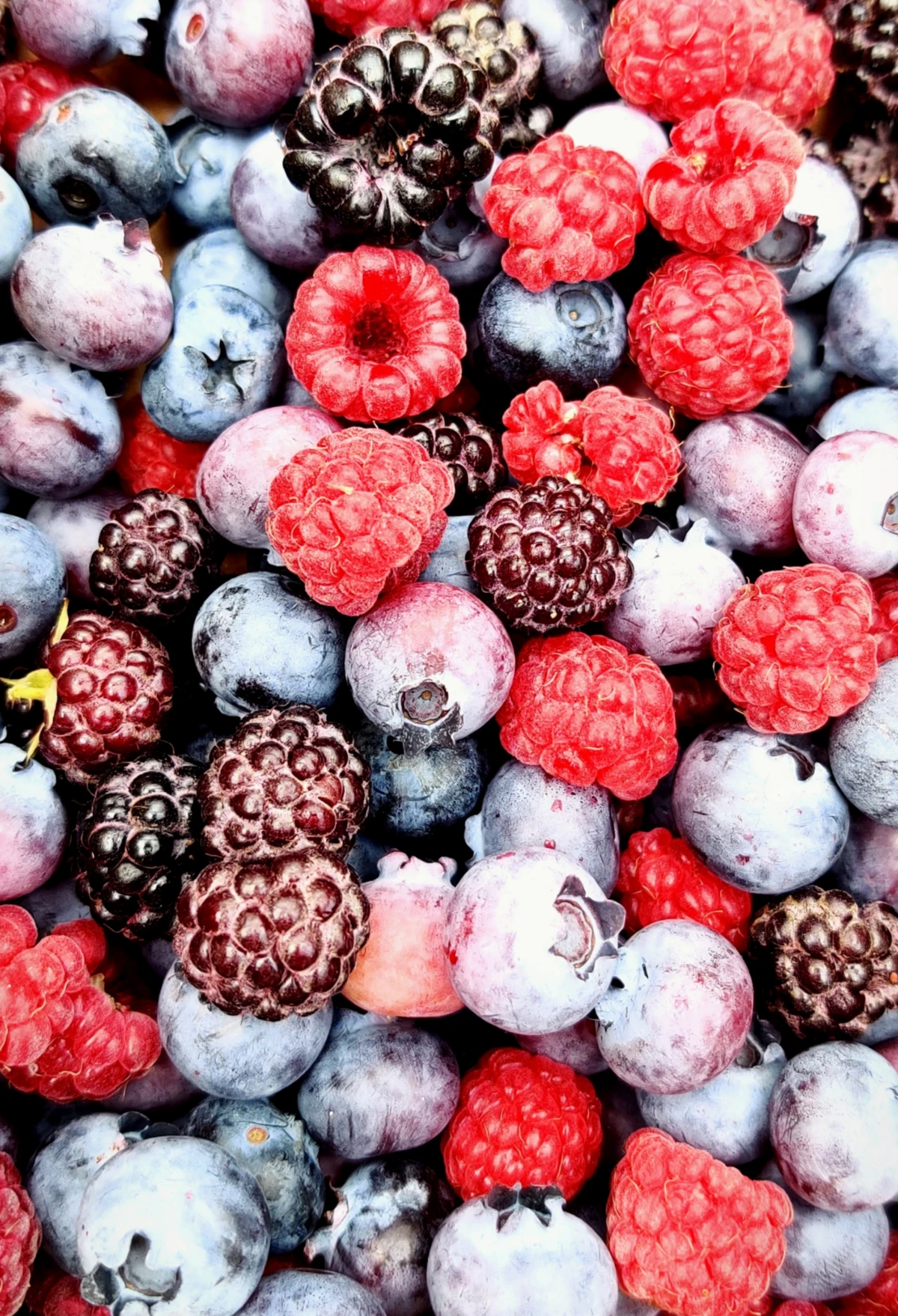
Putting It All Together: A Simple Plan
Okay, that’s a lot of info. So how does this look in a real day? The most important rule is: Don’t skip meals. Keeping your blood sugar stable is your first line of defense.
A Sample Day of Calm Eating
- Breakfast: A bowl of oatmeal (fiber!) made with milk, topped with ground flaxseed (omega-3s), a handful of walnuts (magnesium), and a cup of frozen berries (antioxidants).
- Lunch: A big salad with spinach, leftover grilled chicken or a can of chickpeas (protein!), half an avocado (healthy fat!), and a simple vinaigrette. (Seriously, just whisk 3 parts olive oil, 1 part vinegar, salt, and pepper).
- Snack: An apple with a spoonful of almond butter, or a small bowl of plain Greek yogurt.
- Dinner: Baked salmon (omega-3s) with roasted sweet potatoes (complex carbs) and steamed broccoli. (To roast sweet potatoes, just chop into 1-inch cubes, toss with a little olive oil and salt, and bake at 400°F/200°C for 25-30 minutes until tender).
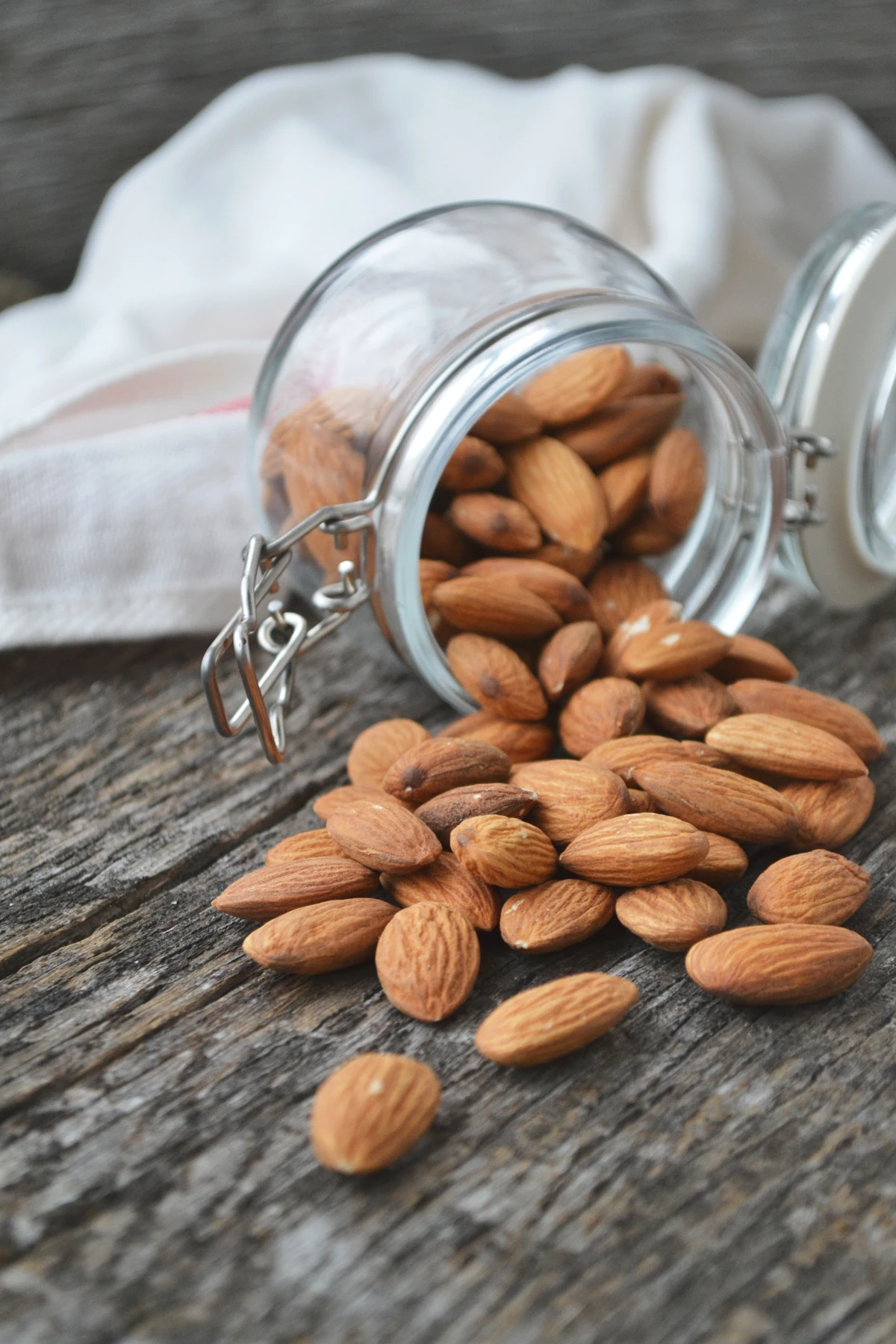
What About Foods to Avoid?
This is less about ‘bad’ foods and more about what can actively work against you.
- Caffeine: If you’re anxiety-prone, caffeine can be a huge trigger. It can feel just like the start of a panic attack. Consider a strategic swap. Coffee has around 95mg of caffeine and can cause that ‘jittery energy.’ Green tea has more like 30mg and gives you ‘calm alertness.’ Herbal teas like chamomile or peppermint have 0mg and are purely ‘relaxing.’ Try cutting back slowly to avoid withdrawal headaches.
- Alcohol: It might feel like it calms you down at first, but alcohol often causes ‘rebound anxiety’ later. It messes with your sleep, dehydrates you, and isn’t your friend here. Cutting back can have a huge impact.
- Sugar & Refined Carbs: These are the main culprits behind that blood sugar rollercoaster. We’re talking sodas, candy, pastries, and white bread.
Quick Wins & Smart Shopping
I get it. When you’re feeling anxious, a total diet overhaul is the last thing you have energy for. So let’s focus on small, doable steps.
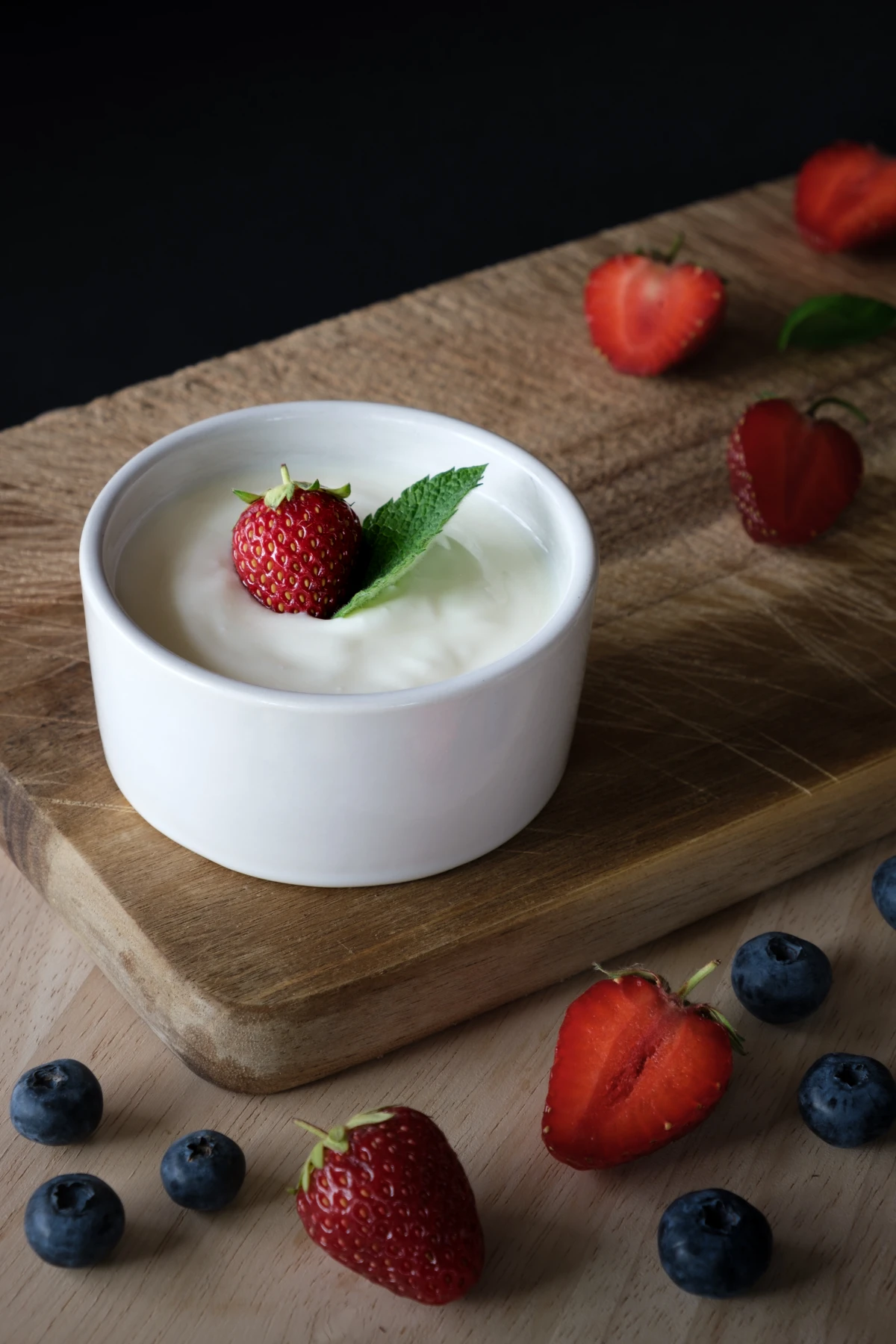
Anxious Right Now? Try This.
Feeling that familiar wave of panic? Try one of these three things immediately for a small sense of control:
- Drink a tall glass of cold water. Dehydration can mimic anxiety symptoms.
- Slowly eat 10-15 almonds or a small square of dark chocolate. The magnesium and slow-burn energy can help ground you.
- Brew a cup of peppermint or chamomile tea. Don’t just chug it. Hold the warm mug, inhale the steam, and focus on that sensation.
Budget-Friendly Shopping List
Eating well doesn’t have to break the bank. Here’s proof. This list can form the backbone of a calming diet for not a lot of money:
- Canned Salmon or Sardines: ~$3-5 per can
- Bag of Lentils or Black Beans (Dried): ~$2-4 per bag
- Frozen Spinach or Berries: ~$3-5 per bag
- Large Container of Rolled Oats: ~$4
- A Dozen Eggs: ~$3-6
- Sweet Potatoes: ~$1-2 per pound
Final Thoughts (and a Gentle Reminder)
Changing how you eat is a profound act of self-care. It’s about giving your body the resources it needs to feel more resilient. But please, be patient with yourself. This isn’t an overnight fix. It takes time to cool down inflammation and rebalance your system.

And of course, this is all for educational purposes. This advice is meant to be a powerful part of a complete wellness plan, not a substitute for professional medical care. If you are struggling with anxiety, the most important first step is to speak with a doctor or mental health professional. They can give you the right diagnosis and help you build a full treatment plan. A smart nutritional strategy can be your superpower in that plan.










